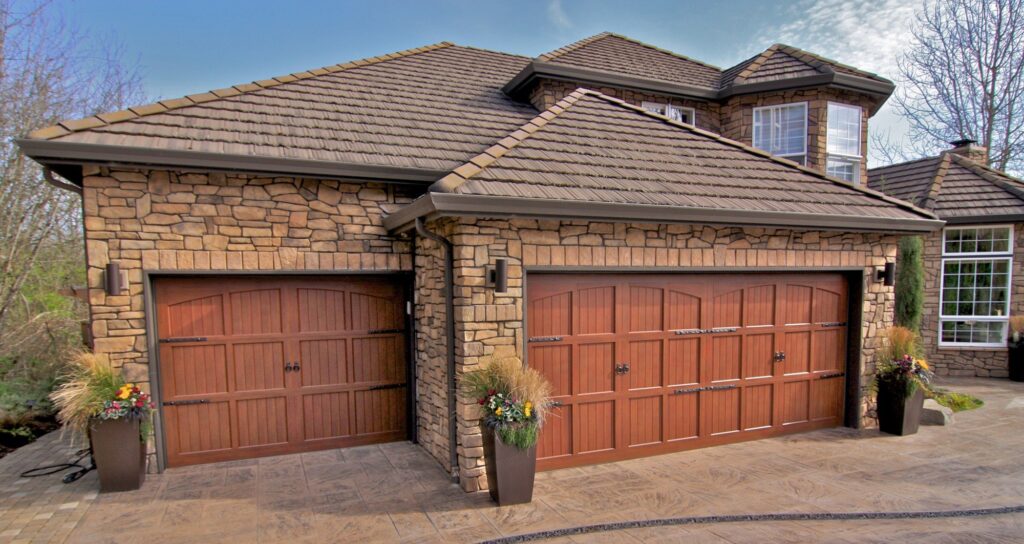The clinking sound of hammers against metal might not be the typical symphony associated with Garage Door Repair Springtown TX, but salvaged hammers are becoming a surprising trend in the world of garage door maintenance.

In this comprehensive guide, we’ll explore the fascinating realm of salvaged hammers and answer the burning question: How many salvaged hammers does your garage door need?
Understanding Salvaged Hammers
Salvaged hammers, often overlooked and underestimated, are recycled tools with a new purpose. These hammers have endured wear and tear in their previous lives but are now being repurposed to serve a vital function in the world of garage doors.
Importance of Salvaged Hammers in Garage Doors
Garage doors, despite their robust structure, can benefit from salvaged hammers in ways that may surprise you. These hammers provide additional weight, aiding in the smooth operation of the door and enhancing its overall stability.
Determining the Right Quantity
Assessing Garage Door Size
The number of salvaged hammers your garage door needs depends on its size. Larger doors may require more hammers to ensure even distribution of weight and optimal functionality.
Considering Material and Weight
Different materials and weights of salvaged hammers can impact their effectiveness. We’ll delve into the intricacies of selecting the right hammers for your specific garage door needs.
Common Misconceptions About Salvaged Hammers
Let’s debunk some myths surrounding salvaged hammers. Contrary to popular belief, these hammers aren’t just a makeshift solution but can be a sustainable and effective choice.
DIY Installation Tips
Tools Required
Embarking on a DIY project? Here’s a list of tools you’ll need to install salvaged hammers with ease.
Step-by-Step Guide
Follow our step-by-step guide for a hassle-free installation process, turning salvaged hammers into your garage door’s new best friends.
Benefits of Using Salvaged Hammers
Discover the advantages of incorporating salvaged hammers into your garage door maintenance routine. From cost-effectiveness to environmental benefits, the perks are manifold.
Safety Measures to Keep in Mind
While salvaged hammers can be a game-changer, safety is paramount. We’ll outline crucial safety measures to ensure a secure installation process.
Where to Find Quality Salvaged Hammers
Unearth the best sources for quality salvaged hammers, ensuring that your garage door gets the support it deserves.
Environmental Impact of Salvaged Hammers
Explore the eco-friendly side of salvaged hammers and how their reuse contributes to sustainable living.
: Salvaged vs. New Hammers
Is opting for salvaged hammers a budget-friendly choice? We’ll break down the costs and savings associated with choosing recycled over new.
Real-life Success Stories
Read inspiring stories of individuals who transformed their garage doors with salvaged hammers, proving that innovation knows no bounds.
Expert Opinions on Salvaged Hammers
We’ve gathered insights from industry experts who weigh in on the efficacy of salvaged hammers in garage door maintenance.
: Common Issues and Solutions
Address potential challenges that may arise during the installation or usage of salvaged hammers, ensuring a smooth experience.
Future Trends in Garage Door Maintenance
What does the future hold for salvaged hammers and garage door upkeep? Explore emerging trends that could revolutionize this niche.
Conclusion:
In conclusion, the humble salvaged hammer has emerged as a versatile solution for Garage Door Repair Springtown TX enhancement. Whether you’re aiming for cost-effectiveness, sustainability, or both, salvaged hammers have proven their worth.
Springtown Gates & Garage Doors
104 Adalida Ln, Springtown, TX 76082, United States
1-817-631-1036








